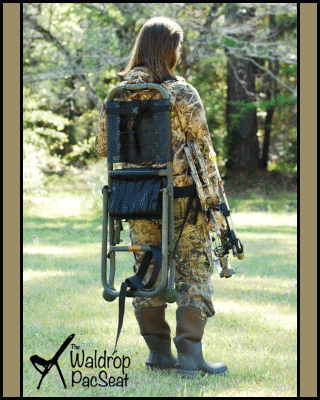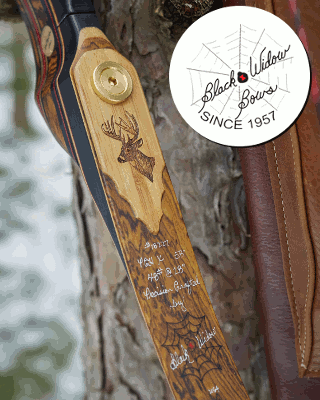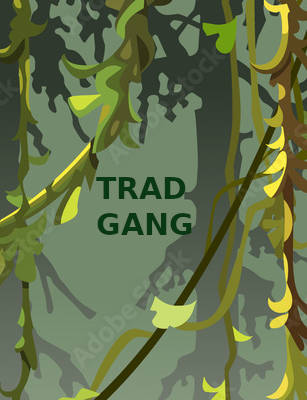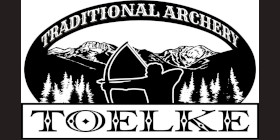Ed, What you may be thinking of is the way blacksmiths are often remembered as tempering. They would heat to quenching temperature, quench the piece leaving it in the oil just long enough to convert the steel to martensitic, then remove it to allow the heat to travel and draw the hardened edge. More or less in one heat.
There is a good description of this process in Foxfire 5 under the blacksmith section by a Mr. Zeller (sp)hardening a cold chisel. They would use the color of the surface oxides as an indicator of just when to quench it (2nd time)to stop the colors from continuing to run. This is still done by historic blacksmiths.
Knife blades are not usually done this way due to the complex geometries. An oven is much better.




















